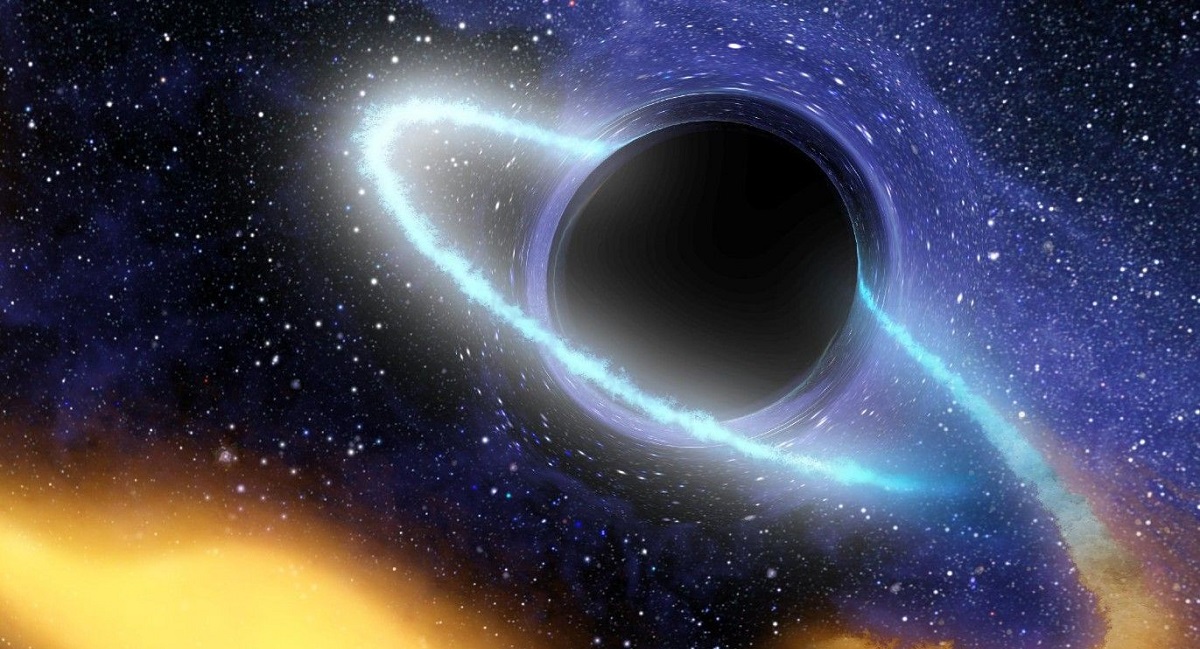James Webb may have discovered dark matter stars for the first time in human history - they could be the first stars in the universe

A few days ago, NASA celebrated the first anniversary of the successful operation of the James Webb Space Telescope. During this time, the observatory has helped to make many important discoveries, but one of them was questioned.
Here's What We Know
James Webb showed scientists the oldest galaxies ever discovered, which formed only 320-450 million years after the Big Bang. But that discovery has now been called into question. Researchers believe the telescope discovered not galaxies but stars made of dark matter.
James Webb sees the Universe in the infrared range, which is where the light that flew to Earth for billions of years has gone. In early April we wrote that James Webb confirmed the discovery of the oldest galaxies JADES-GS-z13-0, JADES-GS-z12-0 and JADES-GS-z11-0. The first one formed 320 million years after the birth of the Universe, while the other two appeared another 130 million years later.
Spectral analysis confirmed the age of the objects. Scientists also found that they are about 100 million times more massive than the Sun. And now Cosmin Ilie (Cosmin Ilie), Catherine Fries (Catherine Fries) and Jillian Paulin (Jillian Paulin) put forward their justification for the identification of the trio of ancient space objects.
The scientists believe that JADES-GS-z13-0, JADES-GS-z12-0 and JADES-GS-z11-0 are not galaxies, but stars made of dark matter. What's more, they all claim to be the first stars in the Universe. Researchers have never seen anything like this before.
There are three types of star composition of galaxies: population I, population II and population III. So far, no stars from population III have been discovered. It is thought that such stars may possess other matter instead of hydrogen, which turns into helium. For example, dark matter.
The stars we know burn due to fusion reactions. Dark matter stars are thought to burn due to the total annihilation of particles and antiparticles during collisions. To find out, scientists can not yet, because the instruments of the James Webb Space Observatory can not catch traces of helium at a distance of more than 13 billion light years. Perhaps there is helium there, but it is not seen by the telescope instruments.
Source: Science Alert